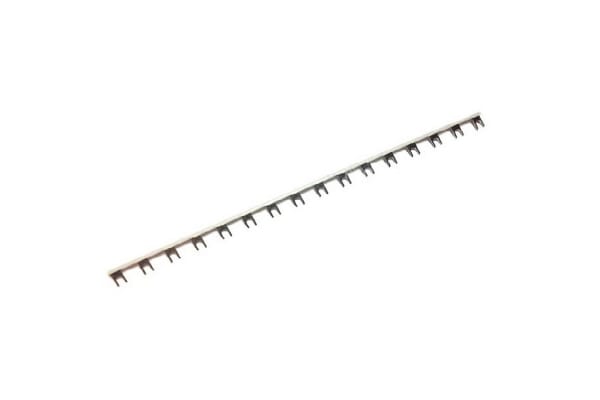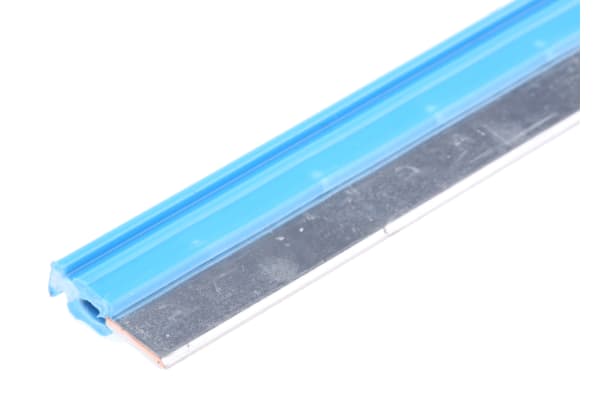Busbars
Used in power distribution, busbars are made out of aluminium, brass or copper and they are able to conduct and ground electricity to transmit power from the source of electric power to the load.Busbars can come in a various shapes and size, which affect the ampacity of the product. Ampacity refers to the maximum amount of electric current a conductor can carry before showing signs of deterioration.Where are Busbars used?Typical places busbars are found in are:FactoriesData CentresRetail FacilitiesLaboratoriesHospitalsUniversitiesBusbars range greatly in size and the size depends on the use. Common commercial and industrial busbars sizes range from 40 Amps to 1200 Amps.Types of BusbarsThe most common types of busbars in the industry today are:Rigid busbars: These are used in low, medium or high-voltage applications. Made with aluminium rods or copper bars and they make use of porcelain to insulate them.Strain busbars: These are used in high-voltage applications and are strung between the metal structures of a substation. They are held in place by suspension type insulators.Insulated phase busbars: These are used at medium voltage and similar to the rigid busbars, they are rigid bars that are supported by insulators.
-
Finder 93 Series Busbar for use with 38 Series
VND79,925.86 -
Omron Busbar
VND145,624.08 -
Omron Busbar
VND150,017.91 -
Omron Busbar for use with G2R-SD, G2R-SN, G2R-SND, G2R-SNDI, G2R-SNI
VND321,168.05 -
Phoenix Contact
VND419,715.38 -
Phoenix Contact
VND981,079.47Pack (1 Pack of 5) -
Phoenix Contact
VND419,715.38







